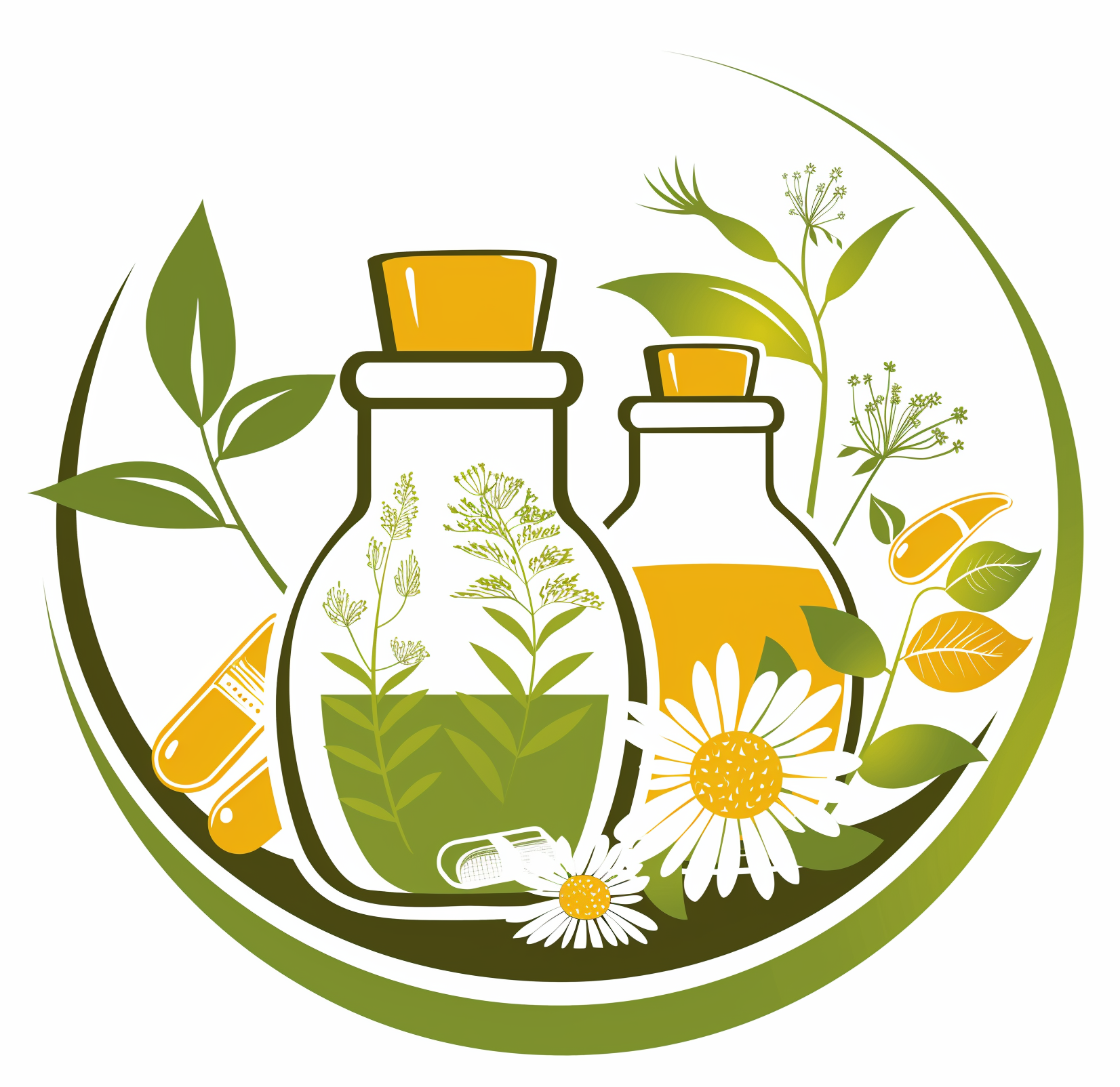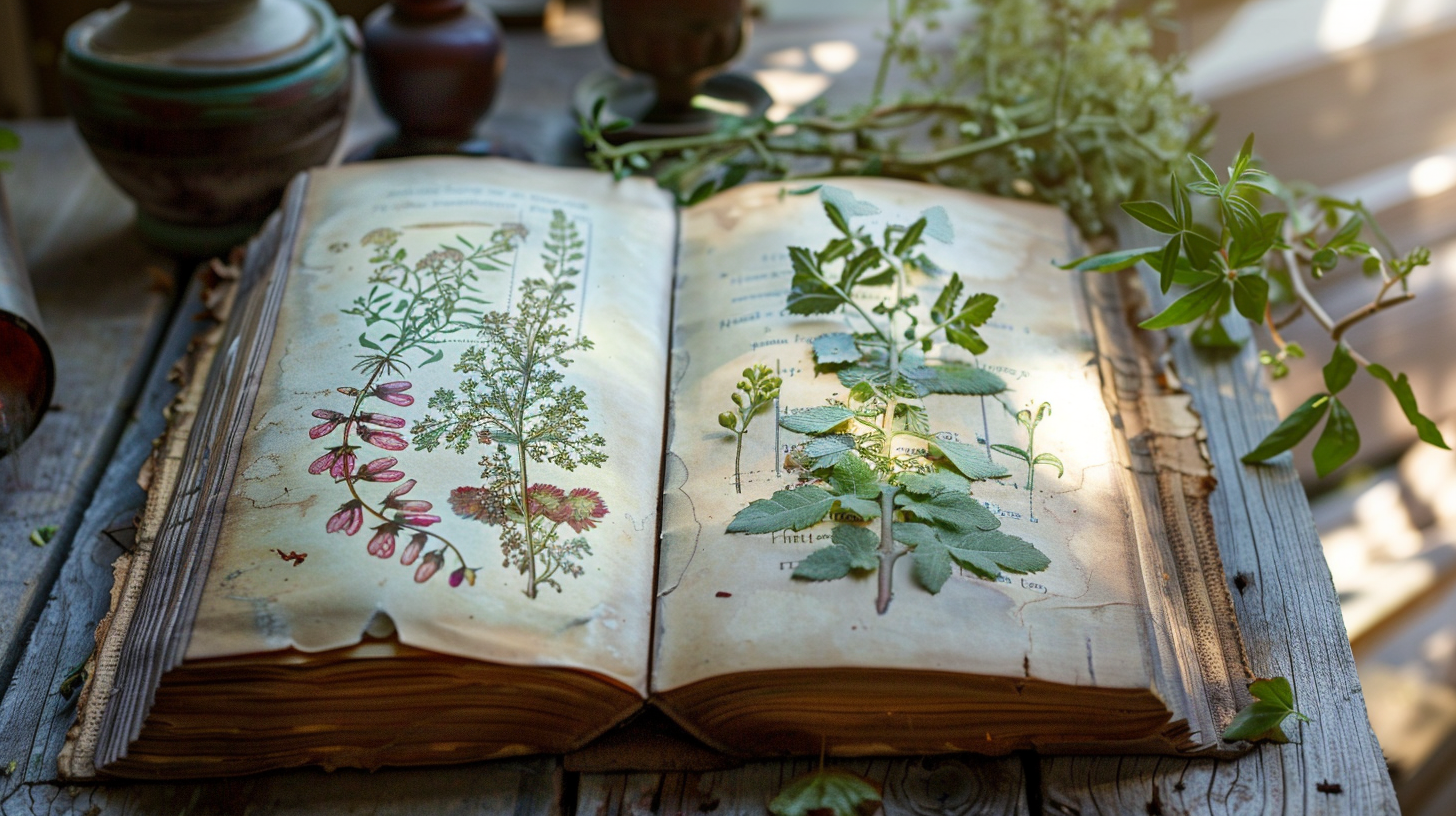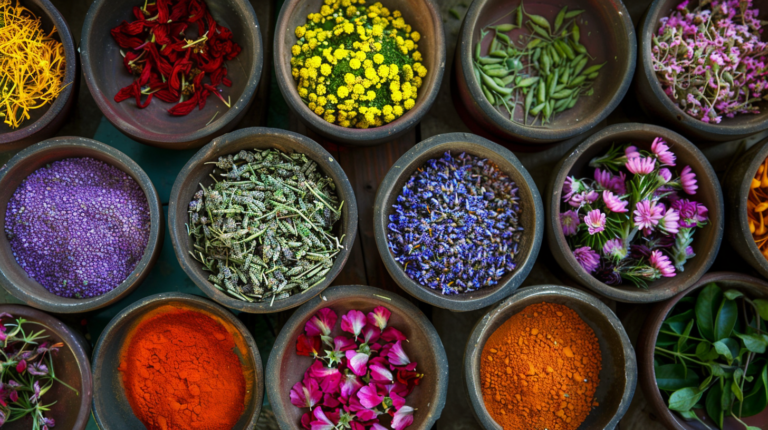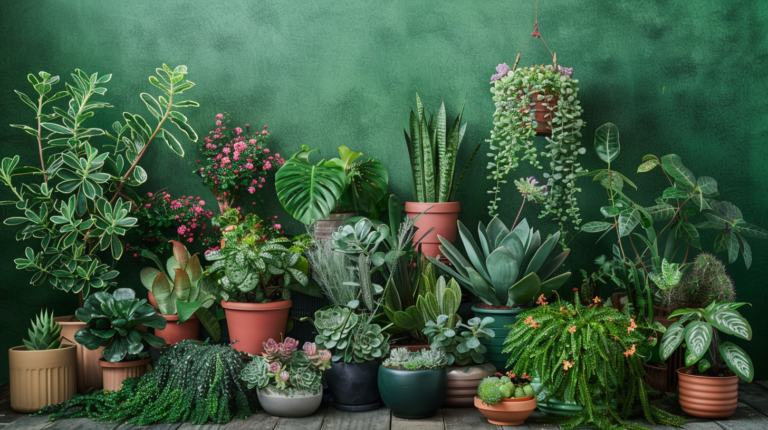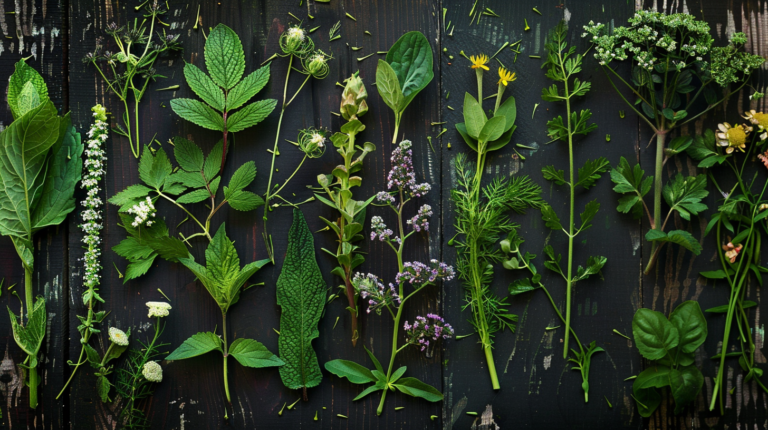Ultimate Guide to Medicinal Plants: Top Books & Essential Info
Imagine having a garden full of nature’s finest healers but not knowing where to begin. The world of medicinal plants can feel overwhelming, especially when faced with the sea of information out there. Whether you’re searching for a reliable guide or trying to identify which plants are best for your needs, the challenge is real. Many people feel lost in the abundance of options and the intricate details of herbal remedies.
But fear not, dear reader, for there lies a beacon in this green sea; a well-edited book serves as the ultimate field guide to navigate this fascinating domain. Imagine having a single, comprehensive resource that breaks down plants’ medicinal properties, offers detailed full-color images, and provides time-tested remedies from experts like Steven Foster and James A. Duke. A medicinal plants book doesn’t just inform; it transforms your approach to health and nature, ensuring you’re never clueless in the garden again.
What Is a Medicinal Plant?
Definition and History
Medicinal plants, cherished for their healing properties, have been pivotal in traditional medicine for centuries. These plants are recognized for their potent bioactive compounds, which can treat an array of health conditions. The use of medicinal plants dates back to ancient civilizations such as Egypt, China, and India, where herbal remedies were the cornerstone of medical practice.
Common Characteristics
Active Compounds
Active compounds in medicinal plants are primarily responsible for their therapeutic benefits. These include alkaloids, flavonoids, tannins, and glycosides, which can interact with human physiology to promote health and combat diseases. For instance, the alkaloid quinine, derived from the bark of the cinchona tree, has been a life-saving treatment for malaria.
Therapeutic Properties
Different herbal plants exhibit diverse medicinal properties. Some common therapeutic actions include anti-inflammatory, antioxidant, antimicrobial, and analgesic effects. A good example is turmeric, which has powerful anti-inflammatory properties due to curcumin, its main active ingredient. This compound has been shown to rival the effectiveness of some synthetic drugs but without the associated side effects.
Benefits of Medicinal Plants
Health Benefits
Immune System Support
Many medicinal plants enhance the immune system, making the body more capable of fending off pathogens. Echinacea, for example, is renowned for bolstering immune function, reducing the severity and duration of colds. By stimulating the immune system, these plants help in maintaining overall health and preventing illness.
Anti-inflammatory Effects
Chronic inflammation is at the root of many common diseases, such as arthritis and heart disease. Fortunately, several herbal plants contain compounds with strong anti-inflammatory properties. Ginger and turmeric are particularly effective, reducing inflammation and pain in conditions like arthritis without causing adverse effects associated with long-term use of anti-inflammatory drugs.
Environmental and Economic Benefits
Besides health benefits, medicinal plants offer significant environmental and economic advantages. Unlike synthetic pharmaceuticals, which often have a heavy carbon footprint and can lead to environmental contamination, growing medicinal plants is more sustainable. They can be cultivated in home gardens with minimal resources, offering a cost-effective alternative to expensive medications. Moreover, the demand for herbs can foster local economies, particularly in rural areas where these plants are a valuable resource.
How to Choose the Right Book on Medicinal Plants
Factors to Consider
Author Expertise
When selecting a book on medicinal plants, consider the author’s background. Books authored by recognized experts like James A. Duke and Steven Foster, who have extensive experience in botany and herbal medicine, are more likely to provide accurate and reliable information. Look for credentials, previous publications, and clinical experience in the field of herbal medicine.
Book Reviews and Ratings
Another critical factor is the book’s reception among readers. Check online reviews and ratings to gauge the book’s usefulness and credibility. Websites like Amazon or Goodreads often have detailed customer reviews that can provide insight into the book’s practicality and depth. For example, books with high ratings in the field guide genre often include comprehensive details on plant identification and uses.
Top Recommended Books
- “The Peterson Field Guide to Medicinal Plants and Herbs of Eastern and Central North America” by Steven Foster and James A. Duke: This is an authoritative guide, complete with full-color photos and detailed descriptions, making it a valuable resource for both beginners and experienced herbalists.
- “The Green Pharmacy” by James A. Duke: A goldmine of information on the medicinal properties of plants and practical remedies for a wide array of health issues. Duke’s work is praised for its scientific rigor and accessibility.
- “Edible Wild Plants: Wild Foods from Dirt to Plate” by John Kallas: This book is particularly useful for those interested in foraging. It includes nutritional information, preparation tips, and detailed identification guides for wild edible plants.
Must-Have Medicinal Plants for Your Garden
Common Medicinal Plants
Basil
Basil, often recognized for its culinary uses, is also a powerhouse in the medicinal world. This plant boasts medicinal properties that aid in reducing stress, promoting digestive health, and fighting infections. The leaves, rich in essential oils, have anti-inflammatory and antioxidant properties, making this herb a staple in any home garden.
Lavender
Lavender is another medicinal plant that deserves a spot in your garden. Known for its calming fragrance, lavender is a natural remedy for anxiety and insomnia. Additionally, it has antiseptic properties that can be used to treat minor cuts and burns. As a bonus, its vibrant purple flowers add a touch of beauty to your green space.
Chamomile
Chamomile is cherished for its ability to soothe and heal. This herbal plant is perfect for making teas that help calm the nerves and digestive system. Chamomile’s anti-inflammatory and antispasmodic properties also make it an excellent choice for relieving muscle spasms and reducing menstrual pain.
Growing and Caring for Medicinal Plants
Soil Preparation
Proper soil preparation is vital for growing medicinal plants. Most of these plants thrive in well-drained soil rich in organic matter. Begin by testing your soil’s pH and amend it as necessary to create an ideal growing environment. Organic compost or aged manure can be added to enrich the soil and promote healthy plant growth.
Watering and Sunlight Needs
Each medicinal plant has specific watering and sunlight needs. For example, lavender prefers full sun and well-drained soil while basil thrives in moist, nutrient-rich soil with partial shade. Be sure to research the specific requirements of each plant to provide optimal growing conditions. Overwatering or insufficient sunlight can lead to weak plants with diminished medicinal properties.
How to Use Medicinal Plants
Preparation Methods
Teas and Infusions
One of the simplest ways to utilize medicinal plants is through teas and infusions. For instance, a soothing chamomile tea can be made by steeping dried flowers in hot water for 5-10 minutes. Similarly, basil leaves can be steeped to create a calming tea that aids digestion. This method extracts the active compounds, making them easy to consume.
Tinctures and Extracts
Tinctures and extracts are potent forms of herbal medicine that involve soaking herbs in alcohol or vinegar. This process draws out the medicinal properties of the plant in a highly concentrated form. For example, a lavender tincture can be used for stress relief, while an echinacea tincture can boost the immune system. These solutions have a longer shelf life compared to teas and infusions.
Recommended Dosages
Safety Precautions
While medicinal plants can offer numerous benefits, it’s crucial to follow recommended dosages to avoid adverse effects. Consulting a healthcare professional before starting any herbal regimen is always advisable, especially for pregnant women, nursing mothers, and those on medication.
Potential Side Effects
Although natural, some herbal plants can cause side effects if used improperly. For example, consuming large amounts of basil oil may lead to skin irritation or nausea. Lavender, when ingested in large quantities, can cause headaches or constipation. Always start with small doses to monitor how your body reacts and adjust accordingly.
Conclusion
Summing Up the Benefits
Incorporating medicinal plants into your lifestyle offers a myriad of benefits, from enhancing your immune system to providing natural remedies for common ailments. These plants are not just sustainable and eco-friendly but also cost-effective alternatives to conventional medicine.
Encouragement to Start Your Own Medicinal Plant Journey
Embark on your journey with medicinal herbs in your garden. Growing these plants is a rewarding experience that connects you with nature while providing you with powerful healing tools. Whether you start with a single pot of basil or cultivate an entire garden, the benefits of these herbal plants are within your reach.
